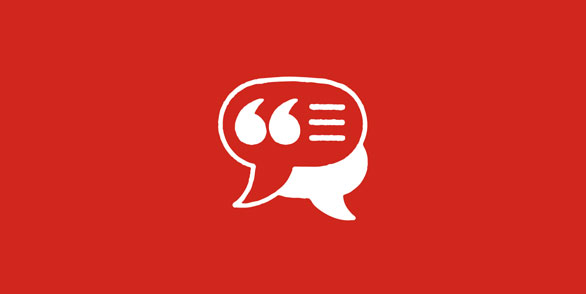Performance management can help employees reach their full potential – both as individuals and as part of a larger team. Understanding what motivates each person is essential to achieving this goal, but it’s not always easy to discover and harness someone’s strengths. That’s why some employers today use talent management technology. It helps connect employees with the work that best suits their skill sets and allows employers to assess performance.
Table of Contents
Why is performance management important?
Employee performance can impact business performance. As employees develop and improve their skills, their employer might see increased productivity and business growth. One of the keys to this dynamic is having tools that can support continuous feedback and align strategic objectives.
Elements of performance management
When it comes to performance management, some employers focus on goals, ratings, feedback or competencies. Others may emphasize performance acceleration and measurement using standardized, pre-established, job-related criteria.
The performance management cycle
A typical performance management cycle consists of the following stages:
- Planning
Outlining job duties in advance can help employees better understand what needs to be accomplished so they can create appropriate timelines and goals. Planning ahead also helps set expectations for quality and accountability. - Monitoring
Progress reviews measure how well employees are meeting performance standards. If an employee falls short of the established targets, the employer can adjust unrealistic standards or provide strategies and assistance to help improve performance. - Developing
Providing development opportunities can strengthen job-related competencies and help employees keep pace with workforce trends. Examples include training courses, process improvements and assignments that introduce new skills or more responsibility. - Rating
Employers often use standardized rating systems to evaluate employees based on pre-established objectives and goals. The criteria must be valid, job-related and applied consistently to all employees. Comments and examples should also be included to support the rating. - Rewarding
Positive reinforcement can be a powerful motivational tool. Some businesses reward top performers with monetary incentives, such as gift cards and additional paid time off (PTO), or non-monetary incentives, such as a special parking spot.
How do employers improve the performance management cycle?
Technology is one of the best ways to improve performance management. With a solution that has a full spectrum of capabilities, employers can:
- Have continuous conversations with employees and deliver feedback on their own schedule.
- Engage employees and managers to adopt intuitive performance processes and tools.
- Clarify priorities and the contributions necessary for both team and organizational success.
- Visualize the status of teams in real time and better identify their needs.
Key features of effective performance management software
One of the goals of a performance management system is to create flexible performance processes that add value for both employers and employees. Key features to support this objective include:
- Touchpoints
Delivered on-demand or via a schedule, touchpoints make it easier to give employees ongoing attention that recognizes excellent performance and identifies development opportunities when it matters. - Talent insights
Managers can assess the talent on their team – from risk and impact of loss to current performance and ratings – all in one actionable place. - Pay for performance
Managers can reward current performance efficiently and accurately, as well as plan for the future. - Performance evaluation
When it’s time to evaluate performance, employers may have access to the continuous and multi-rater feedback collected, giving them a complete view of goals, competencies and development activities. - Career planning
Easy-to-use tools enable employees to build their own profiles, explore potential positions and career options, and create compelling, forward-looking career plans to share with their managers.
What is the future of performance management?
In today’s changing world of work, employees expect more career development guidance from their employers. Here’s how performance management may continue to evolve in the years ahead:
- Employee goals will include personal objectives beyond their daily job responsibilities.
- In addition to annual reviews, managers will assess employee performance following the completion of each project.
- Empathy for the context in which work was completed will factor into performance ratings.
- Using technology, employees will receive feedback automatically and play a more active role in their development.
- The performance of teams will be measured separately from that of individual employees.
Frequently asked questions about performance management
What are the types of performance management?
Performance management may involve performance acceleration, which is how managers maximize productivity, and performance measurement, which assesses how well employees perform using a standardized, job-related, pre-established appraisal system.
What are examples of performance management?
Examples of performance management include, but are not limited to goal setting, training and skills development, manager and employee check-ins, performance appraisals, and rewards.
This article is intended to be used as a starting point in analyzing performance management and is not a comprehensive resource of requirements. It offers practical information concerning the subject matter and is provided with the understanding that ADP is not rendering legal or tax advice or other professional services.






